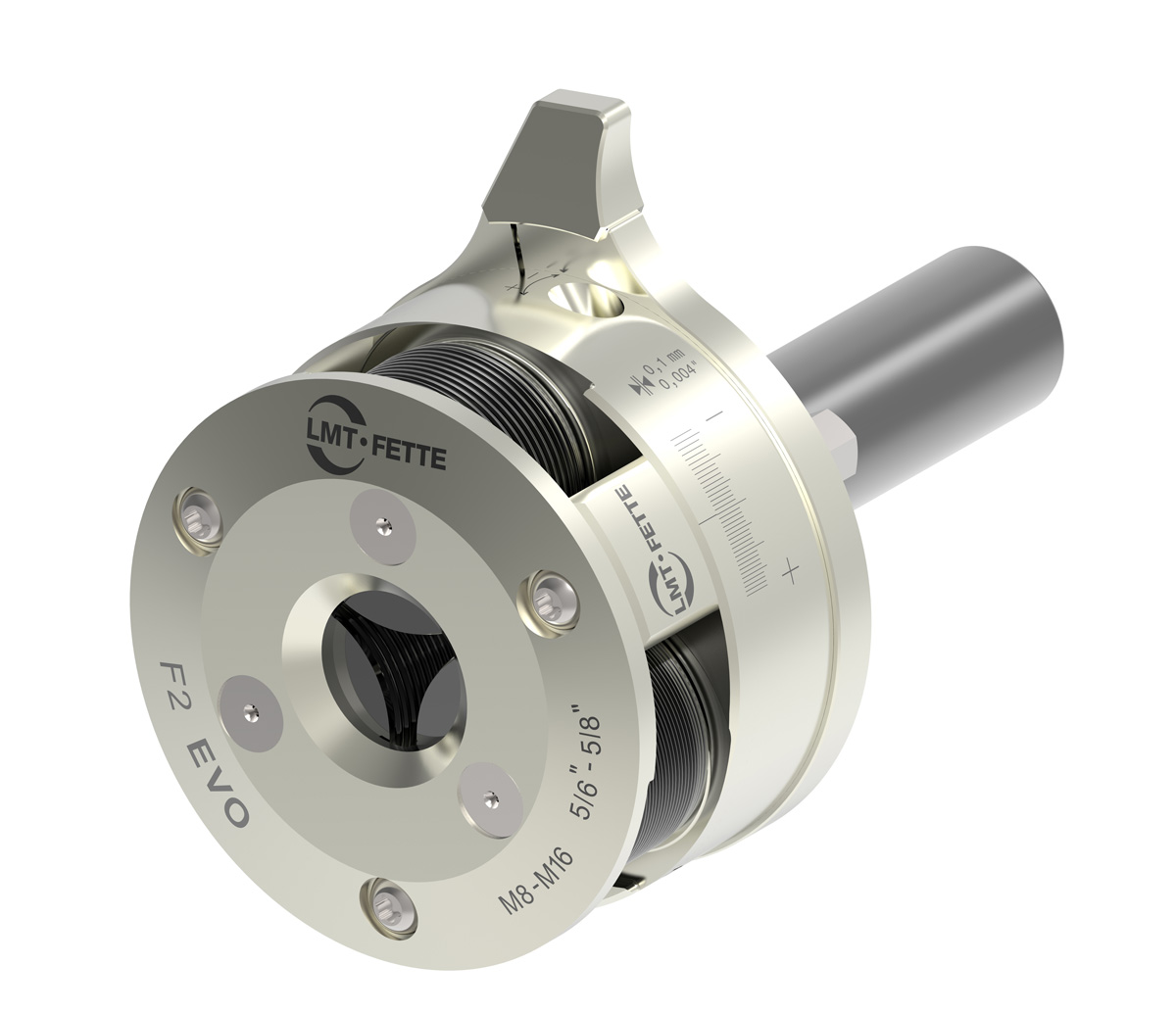We recently introduced a Patent Pending attachment to convert a traditional pop open threading tool to a Roll-On Roll-Off™ device. When used on modern CNC machines a closing strategy had to be engineered specific to the individual machine. To ease the installation and use, we preset the tool with the correct thread size and installed the device, shipping to our customer ready to install and use.
While this plan yielded the result we wanted to achieve, our customers carried it to another level. Since the device cannot yield unthreaded parts due to a closing action failure it has become a “lights out” device for some customers permitting them to run unattended.
When thread rolling, the tool controls the pitch diameter and the minor diameter. The major diameter is a function of the blank diameter controlled by the cutting tool within the machine. Even with a class 3 thread form the tolerance on the major diameter approaches .010. This generosity of tolerance permits longer tool life of the carbide turning inserts. When bidding for work in a typical job shop atmosphere cost per piece becomes the catalyst for winning the bid. Running unattended removes the direct and indirect labor cost associated with manned operation. The resultant cost reduction filters down directly to cost per piece and profit margin. This can often be the difference between winning or losing the contract bid. CNC machines contain canned programs that can be directly applied to the new threading strategy.
Roll threading is a single pass process that typically can produce a high-quality thread at a rate of 1 inch of thread per second of cycle time. Roll-On Roll-Off™ off doubles the average cycle time but frequently is accomplished within the same time frame as rolling on, popping open, rapiding off and reclosing the head for the next part. While we knew we had a device that was revolutionary, our customers are exhibiting even more profound application techniques. Using the “phantom” operator during off hours and continuing uninterrupted production while improving tool life has given added meaning to product improvement. Can this strategy improve your production process? Contact us and let us help with your application!
